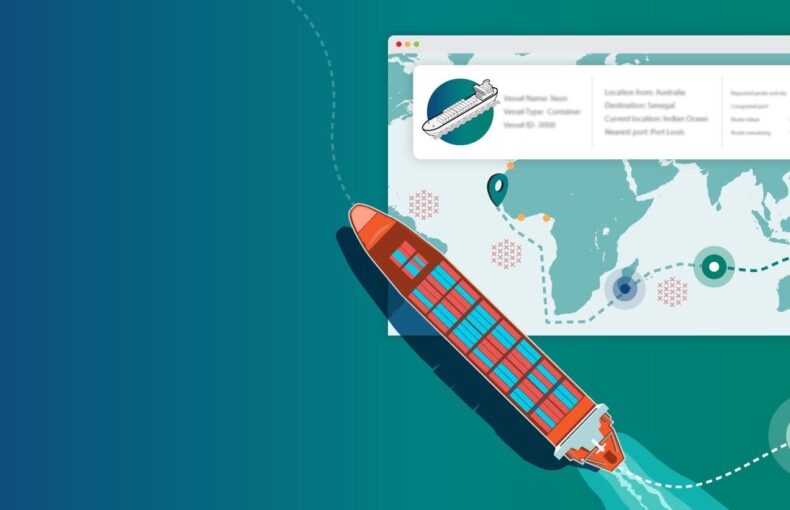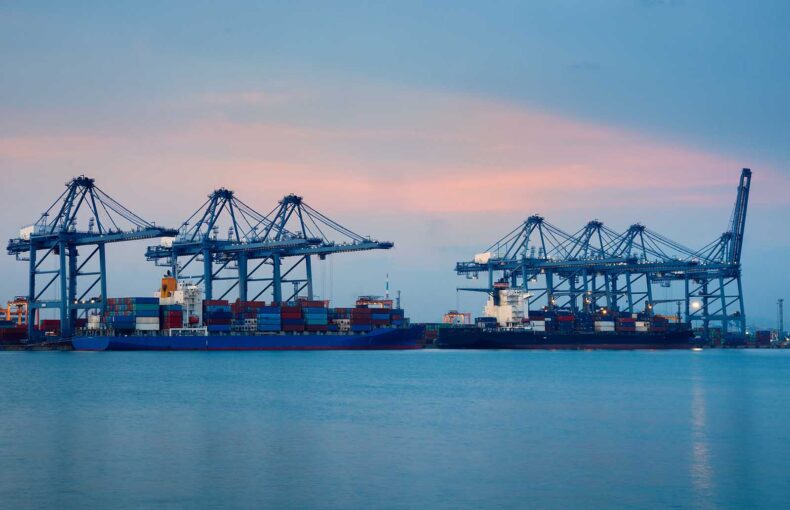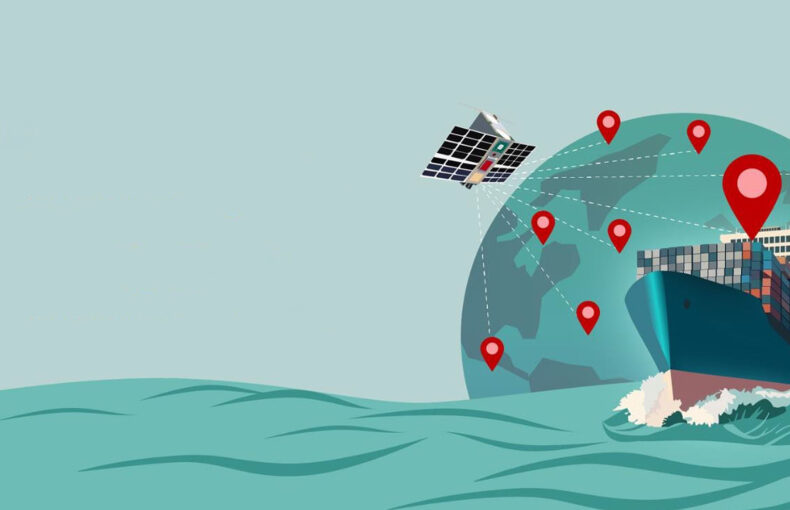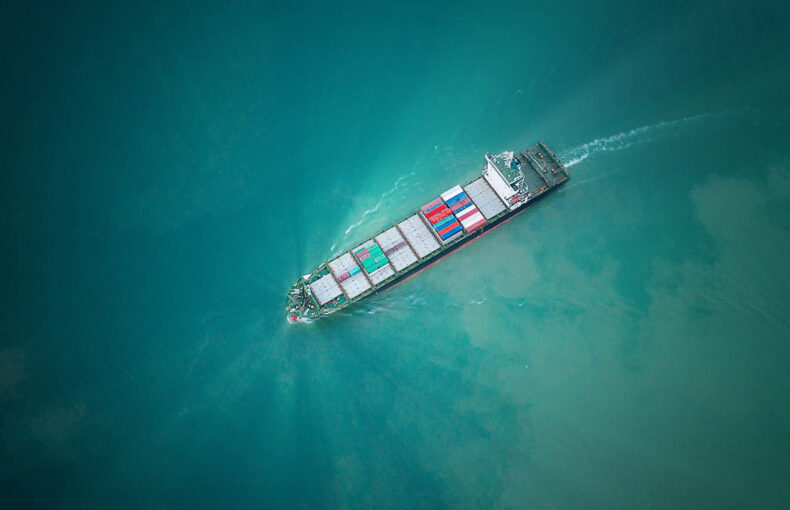What are the IMO regulations?
Tracking fuel consumption, travel distance, and journey duration, the IMO’s Data Collection System (DCS), while similar to the EU’s MRV plan, has some key differences.
Part 2 in a three-part series on global plans to monitor carbon emissions in shipping.
The International Marine Organization (IMO), an agency of the United Nations (UN), is tasked with developing regulations for the global shipping industry. Within a year of the European Union instituting its monitoring, reporting, and verification (MRV) system—an initial step in expanding its Emissions Trading Scheme (ETS) to cover the maritime sector—the IMO set up a similar program for vessels worldwide in 2019 to offer guidance on cutting greenhouse gasses (GHG), and make the global supply chain greener.
Not reinventing the wheel
The Data Collection System (DCS) set up by the IMO is broadly similar to the EU’s MRV approach, concentrating on tracking fuel consumption, travel distance, and journey duration. But some crucial differences make evaluating the same voyage by the same ship across multiple monitoring platforms less useful than it could be: Some factors are not measured by the IMO. As a result, the data recorded by the EU and IMO are not interchangeable.
Weaknesses when compared to MRV
Compared to the EU’s and UK’s MRV system, the DCS has some blind spots: for one, it doesn’t take into consideration the quantity of cargo being transported and the weight/volume being shipped.
By excluding cargo specifics, the IMO model does not facilitate a way to explore variations in fuel consumption between voyages. The MRV data, on the other hand, captures the correlation between the fuel that is consumed to move a specific cargo mass from Point A to Point B.
There are additional factors that would provide a more complete picture, such as weather conditions during each portion of a ship’s voyage, since this has significant effects on fuel consumption and, by extension, carbon emissions, ultimately lessening the amount of carbon released into the atmosphere– the end goal.
Like the EU, the IMO has a verification system to ensure accurate data is being collected. The independent verifiers employ “spot checks”, and determine their frequency. As with the EU system, every ship must submit a year’s worth of data annually.
Different organizations, different details
The underlying reality between the EU and the IMO is that the IMO is a worldwide organization and, compared to the EU, with a smaller jurisdiction, has fewer enforcement powers. Because the IMO is not a governing body that can directly regulate ship owners, it must rely on the flag state under which a ship is sailing to submit data and carry out enforcement.
Not surprisingly, this leads to inconsistency in both data quality and enforcement.
There are also some transparency issues. Unlike the EU, which publishes final data sets on a website, only member states of the UN can request access to information collected under the DCS. Private companies and individuals lacking access to such information makes it a less powerful tool in swaying public opinion and preparing stakeholders for the profound changes approaching the shipping industry.
The enforcement mechanisms of the IMO system are decentralized, leading to different administrative outcomes. It is up to individual countries to decide whether to visit vessels in port to check for documentation and emissions certification. Vessel operators are expected to carry such documentation onboard, and under current regulations can be fined and even detained in port if they fail to do so, but follow-through varies by country.
Looking forward: The Carbon Intensity Indicator (CII)
Overall, the collection of data on a global basis is beneficial and can be used to actively reduce emissions. One such initiative is the CII, which is based on DCS data. The CII applies to all cargo and cruise ships of 5,000 gross tonnage (GT) or more, regardless of where they are sailing. The CII of each ship is reported to the vessel’s flag state, which then forwards the information to the IMO.
Going live in 2023, and based on the IMO’s 2022 data, the CII will provide a rating of each ship’s carbon emissions. Ships are categorized from A to E based on their overall efficiency. This grading system is meant to compel ship owners to implement improvements to their fleet over time, including modifying ships with more robust hull cleaning schedules, sleeker hull paints, better-designed propellers, and cleaner-burning fuels.
Learn more about optimizing emissions: CII and more
The rating will most likely be used by charterers and commercial operators to aid their decision-making process when chartering vessels and to better navigate incoming regulations, such as what is about to be put in place by the EU as part of its overarching European Green Deal. Understanding a vessel’s efficiency will be a powerful piece of information.
Challenges
The rollout of the CII is not without issues. Baseline numbers have been developed using only the deadweight, but not the cargo load, of vessels. There is also a formulaic assumption that data was collected while a vessel was fully loaded—which will boost efficiency numbers—but this was not always the case.
And while companies are incentivized to not fall lower than a C rating, the penalties for vessels falling into the D-E range are not clear yet.
Another conundrum is that, to be rated as more efficient, vessels need to be moving. The CII is calculated in large part by emissions per distance sailed. Any emissions occurring while not increasing the distance variable—such as being stuck offshore because of port congestion—will drive down a ship’s CII. Emissions while idling may be relatively low, but the “odometer not turning over” will equal a poorer efficiency score.
There have been preliminary discussions about “tweaking” the system, but not before 2026.
The verification system is also still a work in progress. Since the DCS tracks a ship between each departure and arrival, any unreported trips are problematic. But verifiers currently only do spot checks; there are not enough resources to directly capture each and every arrival and departure. Ultimately, ship owners are entrusted to fully comply.
Moving forward, verifiers will need more support to counter corruption and the manipulation of CII scores. Ultimately, the goal is to create a reliable global standard for emission monitoring and mitigation.
Read more in this series:
- Part 1: What are EU MRV reporting requirements?
- Part 2 (current): What are the IMO regulations?
- Part 3: A guide to UK MRV requirements
 Written by
Written by


